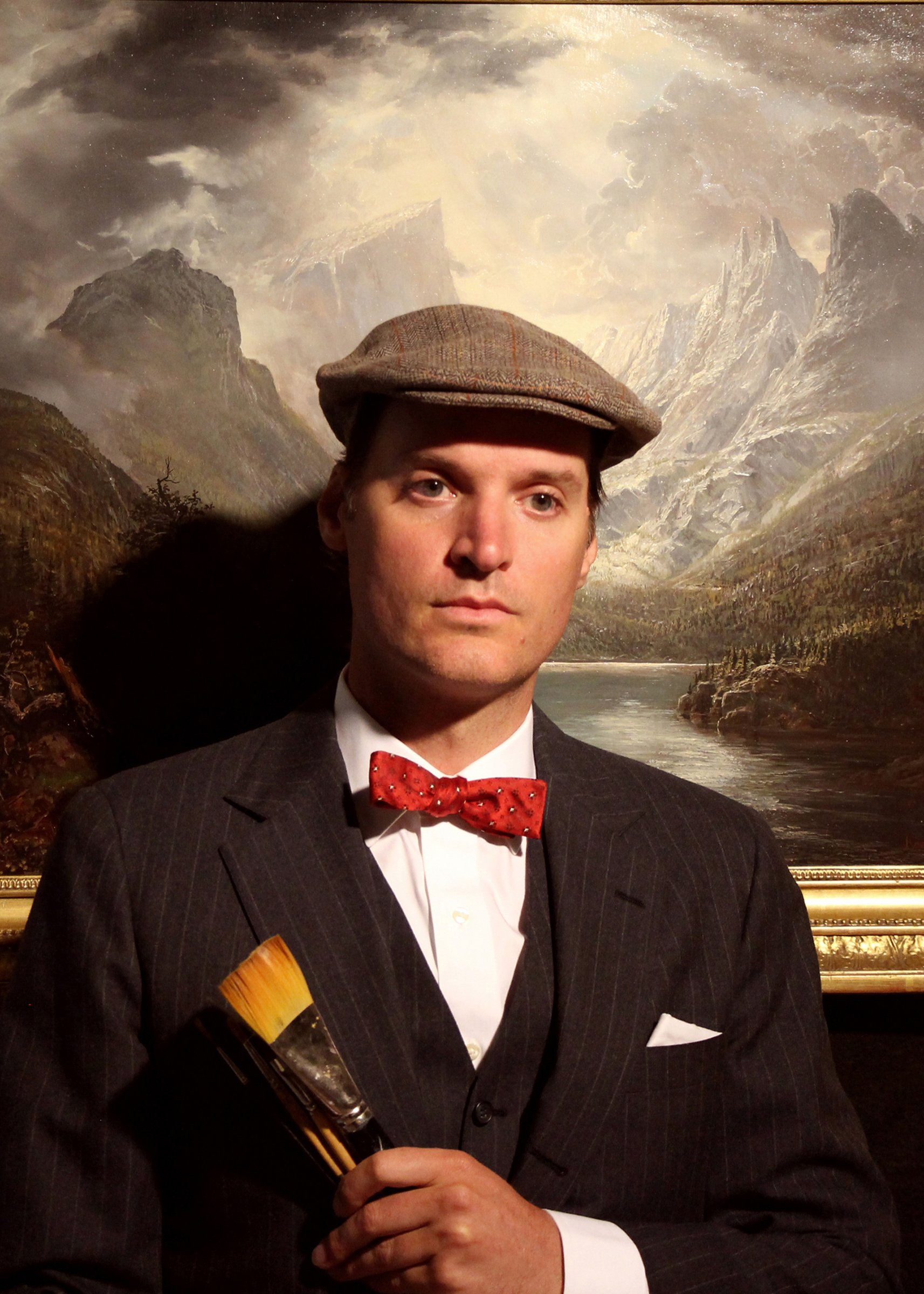Erik Koeppel
Erik Koeppel — a traditional landscape painter who has become a leader in the Hudson River School revival — was born in Oregon and spent his childhood moving with his family through many of the most beautiful landscapes of North America, from the Rocky Mountains to Southern California to the Appalachian Range. At the age of 10, he settled in the White Mountains of New Hampshire, where he drew obsessively from nature and began to develop a love for the expressive potentials of traditional representation.
The artist received his formal training from the Rhode Island School of Design followed by the New York Academy of Art, as well as through an annual apprenticeship in Wiscasset, Maine with his professor and friend Seaver Leslie. After copying extensively from the Italian Masters, Koeppel developed a body of work that has been exhibited and collected internationally and represented across the United States.
Koeppel’s mastery of traditional techniques has led him to become one of very few young contemporary artists whose work is regularly exhibited with historic masters of the 19th- and early-20th centuries. His paintings have hung beside Thomas Cole (1801-1848), Winslow Homer (1836-1910), Edgar Degas (1834-1917), John Frederick Kensett (1816-1872), and George Inness (1825-1894). Koeppel has also had the honor of entering permanent collections that include artists of this caliber. American Artist, PleinAir Magazine, and other respected publications have covered his progress.
After spending numerous years studying extensively in museums and in nature, Koeppel has arrived at the determination that the powerful methods of the Old Masters are, in fact, an urgently needed voice in contemporary culture. Koeppel’s assertion has been proven by the success his work has found nationwide, in the form of awards, academic recognition, exhibitions, and collectability. His highly naturalistic paintings are created without the use of photography, and he works with numerous galleries nationwide.

